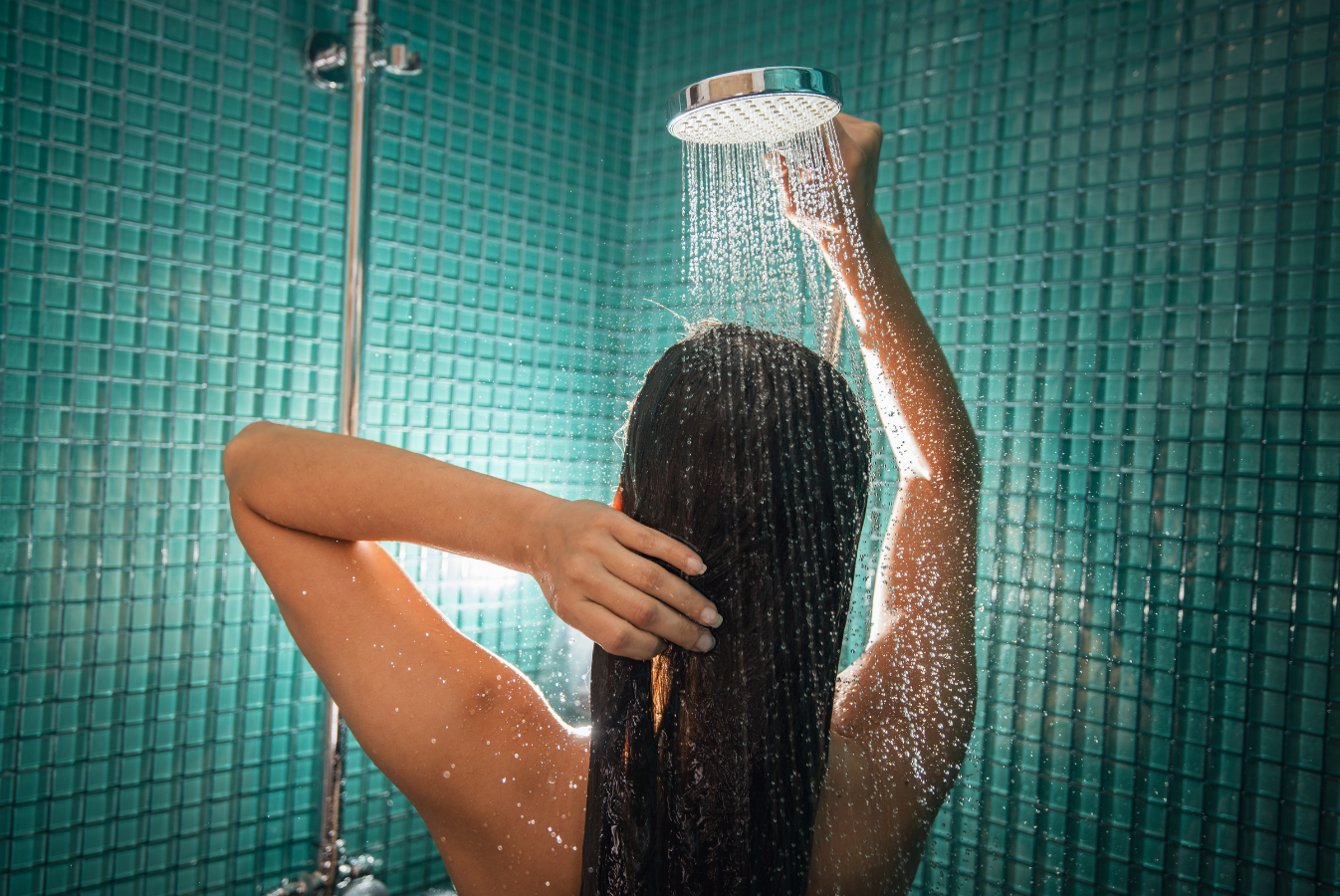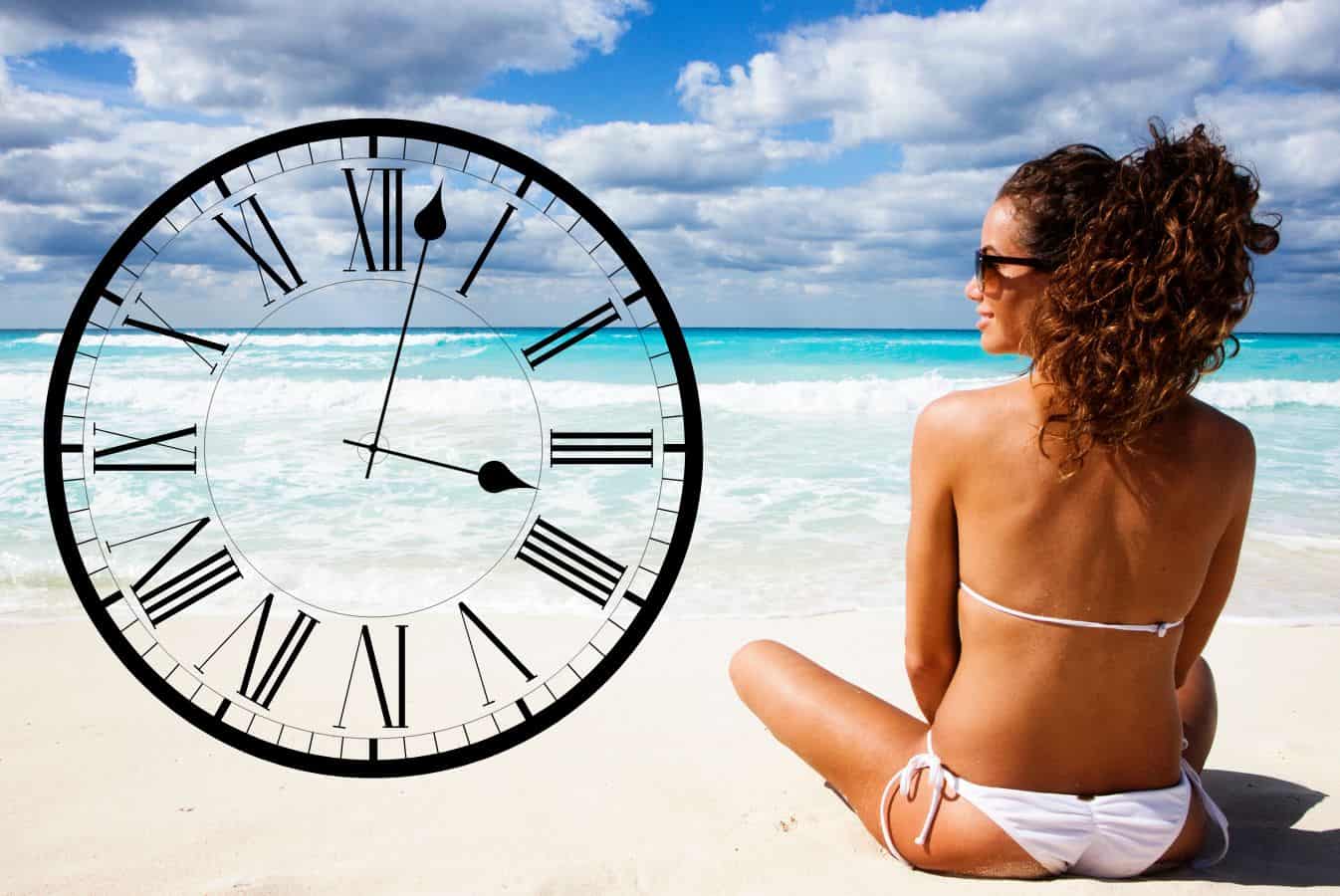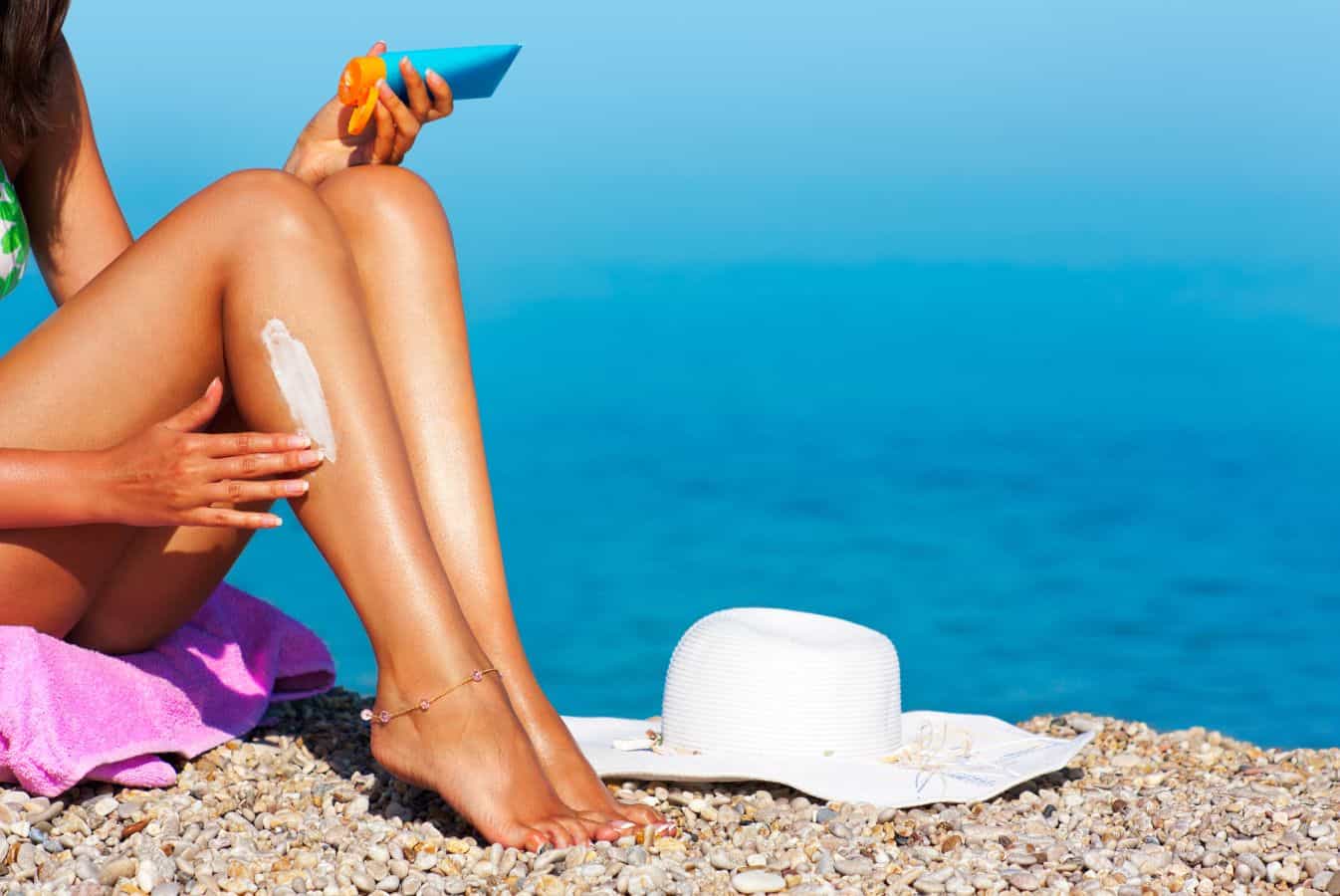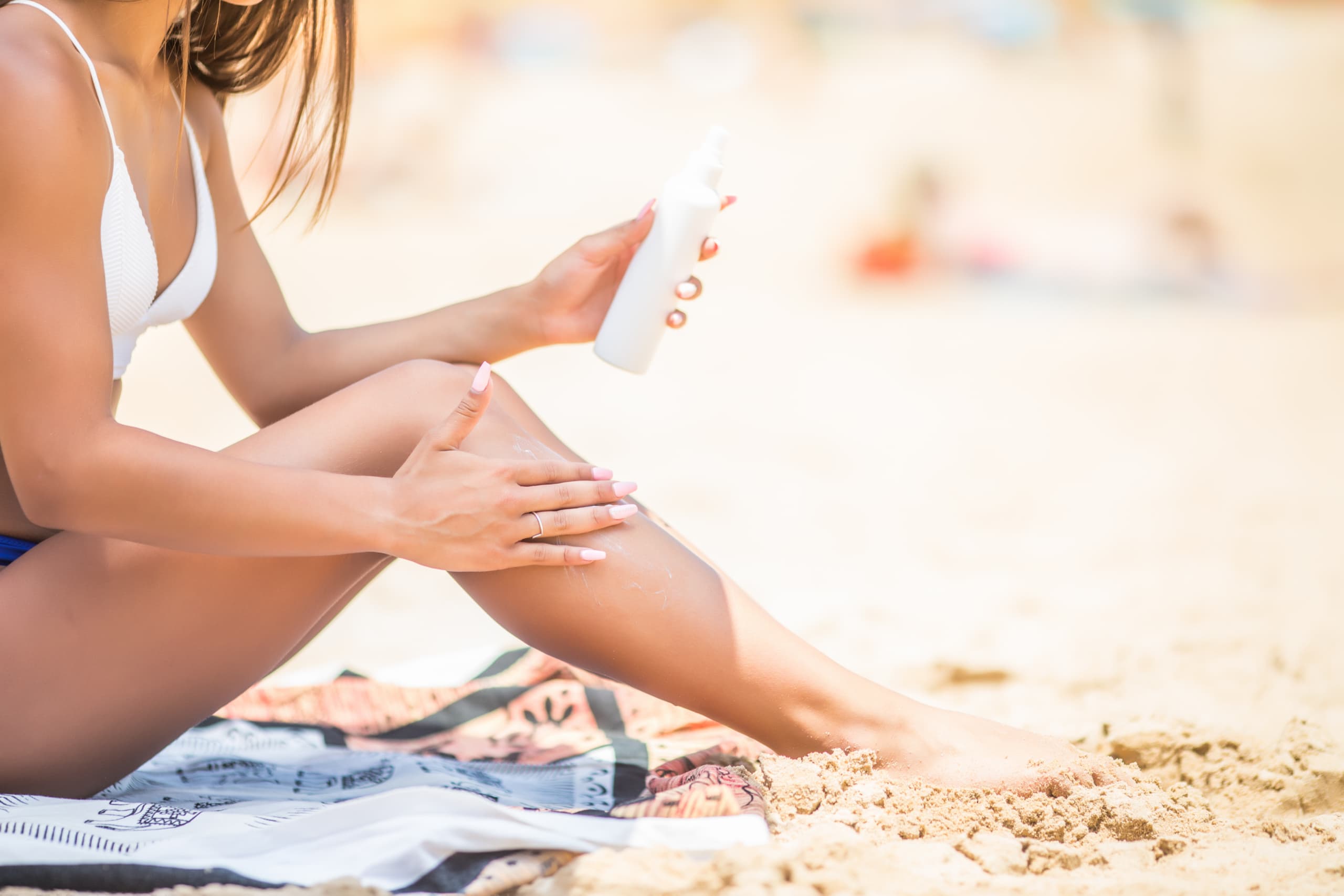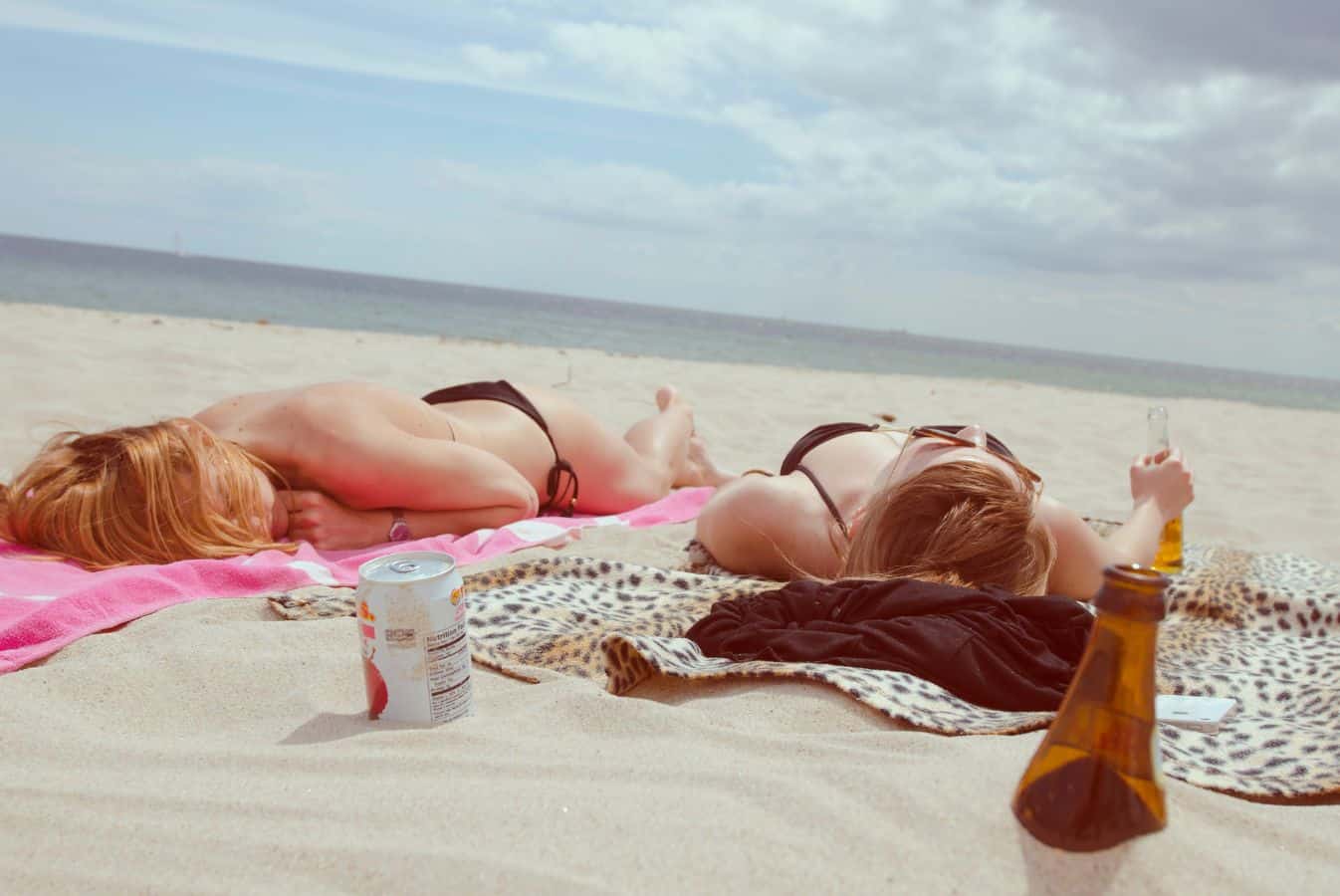When it comes to tanning, people want to get the most out of their time in the sun. What UV index is best for tanning? What are the dangers of too much UV radiation? In this blog post, we will discuss what UV index is and what the best UV index for tanning is. We will also look at different levels of protection that are needed and when UV radiation is at its highest. Stay safe in the sun this summer!
Table of Contents
What is the UV index?
The UV index is a measure of the amount of ultraviolet (UV) radiation reaching the earth’s surface. The index is measured on a scale from 0 to 11, with 0 being the lowest and 11 being the highest. The higher the number, the more intense the sun’s rays are.
The UV index can be affected by many factors, including the time of day, season, cloud cover, altitude, and reflective surfaces. The UV index is highest during the summer months, from May to August. It is also higher at midday than it is in the early morning or late afternoon.
There are two types of UV radiation: UVA and UVB. UVA rays are longer and can penetrate deep into the skin. They are responsible for tanning and premature aging of the skin.
UVB rays are shorter and can cause sunburn. Both UVA and UVB rays can contribute to skin cancer.
What is the best UV index for tanning?
The best UV index for tanning is between three and seven. This is the range where you can get a nice, even tan without burning.
At a UV index of 0, there is no risk of sunburn. However, there is still some risk of skin cancer from long-term exposure to UVA rays.
A UV index of 11 means that the sun’s rays are very intense and can cause sunburn in as little as 15 minutes. It is important to wear sunscreen with a high SPF (sun protection factor) and to seek shade when possible.
When is UV radiation at its highest?
UV radiation is highest during the summer months, from May to August. It is also higher at midday than it is in the early morning or late afternoon.
What is a safe UV index?
A safe UV index is between 0 and 11. This is the range where you can get a nice, even tan without burning.
At a UV index of 0, there is no risk of sunburn. However, there is still some risk of skin cancer from long-term exposure to UVA rays.
A UV index of 11 means that the sun’s rays are very intense and can cause sunburn in as little as 15 minutes.
What kind of protection is needed?
The best way to avoid getting too much sun is to use the “shadow rule.” This means that if your shadow is shorter than you are, the sun’s rays are strong enough to cause sunburn. Seek shade or cover up with clothing to avoid getting too much sun exposure.
It is important to wear sunscreen with a high SPF (sun protection factor) and to seek shade when possible
Another way to protect yourself from the sun is to wear sunglasses that block both UVA and UVB rays. A hat with a brim can also help to keep the sun off your face and out of your eyes.
Finally, remember that water, sand, and snow reflect sunlight and can increase your risk of sunburn. Be sure to apply sunscreen generously before going out in the sun.
Is temperature relevant to UV index?
Temperature is not relevant to the UV index. It is possible to get sunburnt on a cool day if the UV index is high enough.
However, heat can make the UV index seem higher than it actually is because hot air can hold more UV radiation.
Summertime is a great time to enjoy the outdoors. But it’s important to stay safe in the sun!
We hope you found this blog post helpful!



